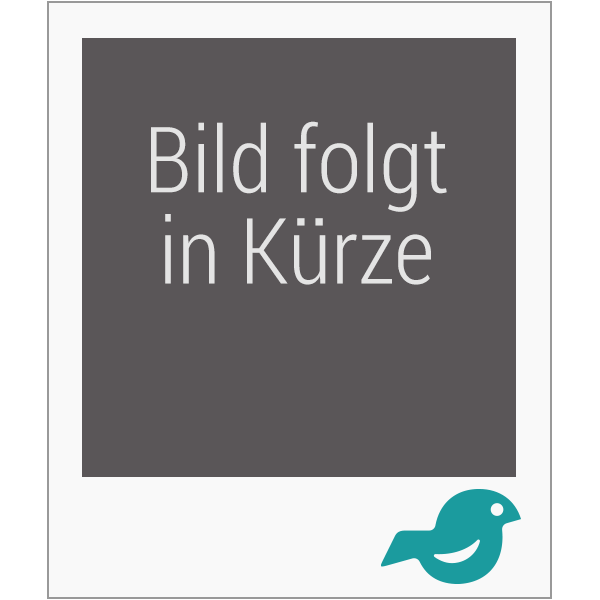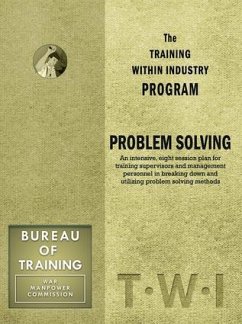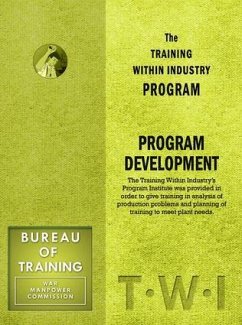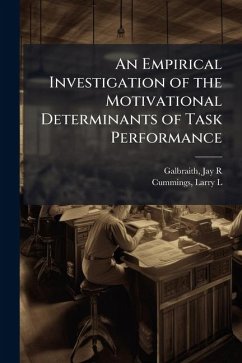
An Analysis of the Factors Affecting Training Transfer Within the Work Environment
Versandkostenfrei!
Versandfertig in über 4 Wochen
15,99 €
inkl. MwSt.
Weitere Ausgaben:

PAYBACK Punkte
8 °P sammeln!
A meta-analysis of 34 studies was performed to explore the magnitude in which work environment manipulates training transfer. The independent variables for this study included supervisor support, subordinate support, peer support, transfer climate, relapse prevention, goal setting, continuous learning culture, task constraints, and frequency of use. This study performed a moderator analysis to compare the effect these independent variables had on management and non-management training; and self-reporting versus supervisor or peer reporting; and training versus development. Results revealed tha...
A meta-analysis of 34 studies was performed to explore the magnitude in which work environment manipulates training transfer. The independent variables for this study included supervisor support, subordinate support, peer support, transfer climate, relapse prevention, goal setting, continuous learning culture, task constraints, and frequency of use. This study performed a moderator analysis to compare the effect these independent variables had on management and non-management training; and self-reporting versus supervisor or peer reporting; and training versus development. Results revealed that relapse prevention (.65) had the highest levels of correlation of all independent variables to training transfer. The results also showed that managerial training (.32) had higher levels of correlation to training transfer as compared to non-managerial training (.20). Self-reporting (.28) showed higher levels of training transfer than did supervisor or peer reporting (.16). Training (.30) showed higher levels of training transfer compared to development (.16). Finally, limitations and future research are discussed. This work has been selected by scholars as being culturally important, and is part of the knowledge base of civilization as we know it. This work was reproduced from the original artifact, and remains as true to the original work as possible. Therefore, you will see the original copyright references, library stamps (as most of these works have been housed in our most important libraries around the world), and other notations in the work. This work is in the public domain in the United States of America, and possibly other nations. Within the United States, you may freely copy and distribute this work, as no entity (individual or corporate) has a copyright on the body of the work. As a reproduction of a historical artifact, this work may contain missing or blurred pages, poor pictures, errant marks, etc. Scholars believe, and we concur, that this work is important enough to be preserved, reproduced, and made generally available to the public. We appreciate your support of the preservation process, and thank you for being an important part of keeping this knowledge alive and relevant.












